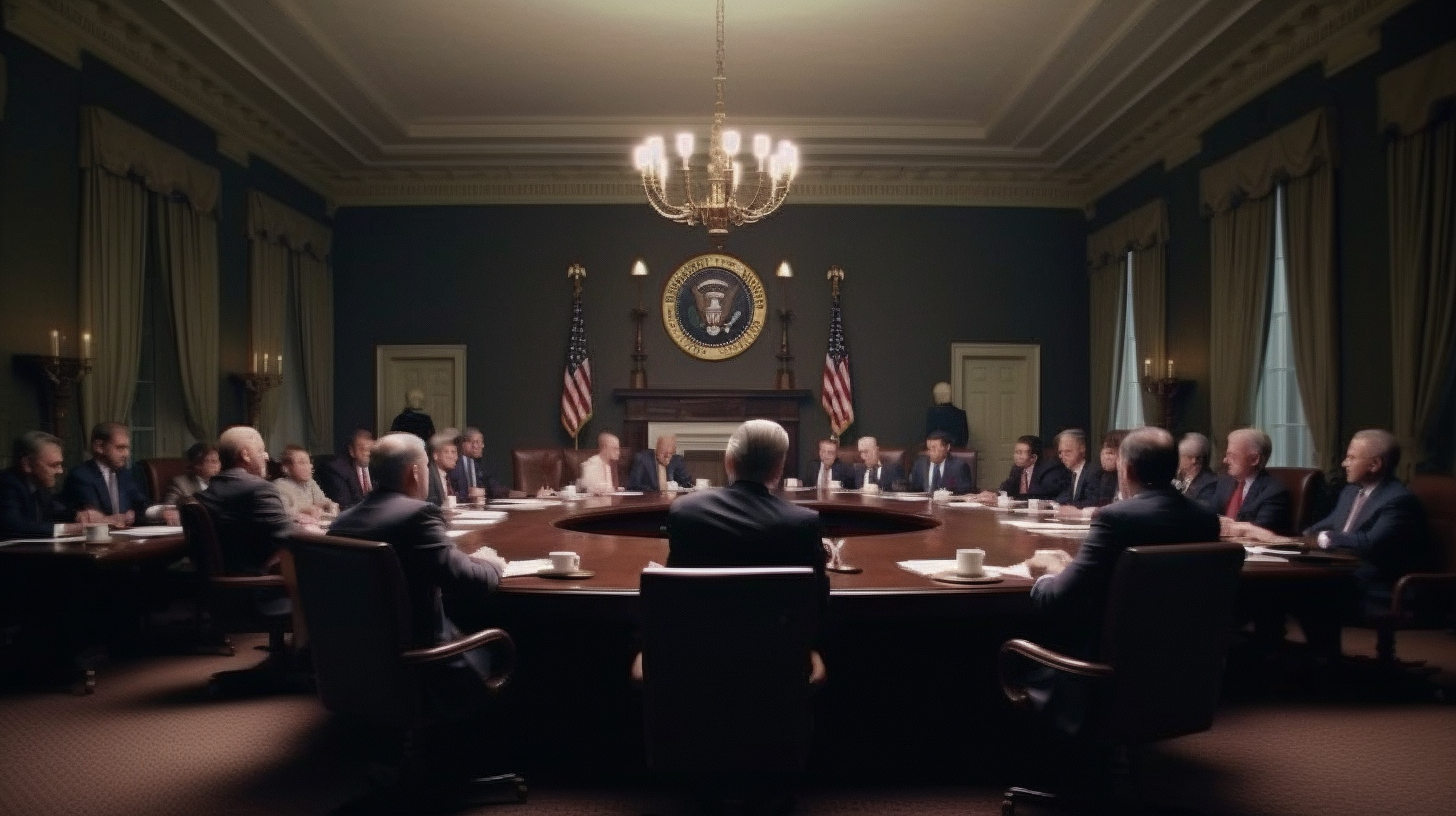US economic output grew at a faster pace than initially estimated in the third quarter, according to revised GDP data released Wednesday by the Commerce Department. The upgraded third quarter growth paints a picture of resilient business and government spending offsetting slowing consumer demand.
GDP expanded at an annualized rate of 5.2% during the July to September period, topping the advance reading of 4.9% growth. Upward revisions were fueled primarily by fixed business investment and government expenditures proving stronger than expected.
Corporate Investments Defy Recession Fears
As rising rates threaten housing and construction, many economists feared companies would pull back on equipment investments amid an uncertain outlook. However, nonresidential fixed investment, encompassing structures, equipment, intellectual property and more, rose 1.3% in Q3.
While this marked a steep decline from 6.1% growth in Q2, business spending has moderated far less than feared. Companies seem focused on funding promising productivity enhancements even as they trim costs elsewhere. Tech and machinery upgrades that drive efficiency and cut costs over the long term remain attractive.
Surprisingly resilient corporate investment provided vital ballast for growth last quarter. Coupled with still-healthy consumer spending, albeit revised down slightly, business capital outlays appear sufficient to keep the US out of recession territory for now.
Government Spending Spikes
In addition to business investment, government expenditures at the federal, state and local levels increased 5.8% in Q3, meaningfully higher than early readings. Surging defense spending as well as state investments in education drove elevated government consumption.
With Democrats in control of Congress and the White House, pandemic-era support programs also continued stimulating significant public sector demand.
Consumer Engine Slows but Remains Solid
Although personal consumption spending fell short of initial 4% growth estimates and instead rose a still-strong 3.6%, households continue underpinning US growth. A super-tight jobs market, rising wages and abundant savings for higher-income Americans seem sufficient to maintain solid consumer demand.
However, with borrowing costs jumping and inflation eating away at incomes, an evident slowdown in spending ahead of the crucial holiday season presents economic risks. Any further erosion of consumption could spur layoffs and trigger recessionary conditions. For now at least, consumers appear positioned to continue carrying the torch.
Strong Growth But Uncertainty Lingers
Thanks to business and government resilience, Q3 expansion topped already lofty expectations. This provides a sturdy launching pad heading into year-end. But with the Fed aggressively tightening policy and key trading partners teetering on the brink of recession, clouds linger on the horizon. Another quarter of solid growth could be the high water mark before a challenging 2024.
